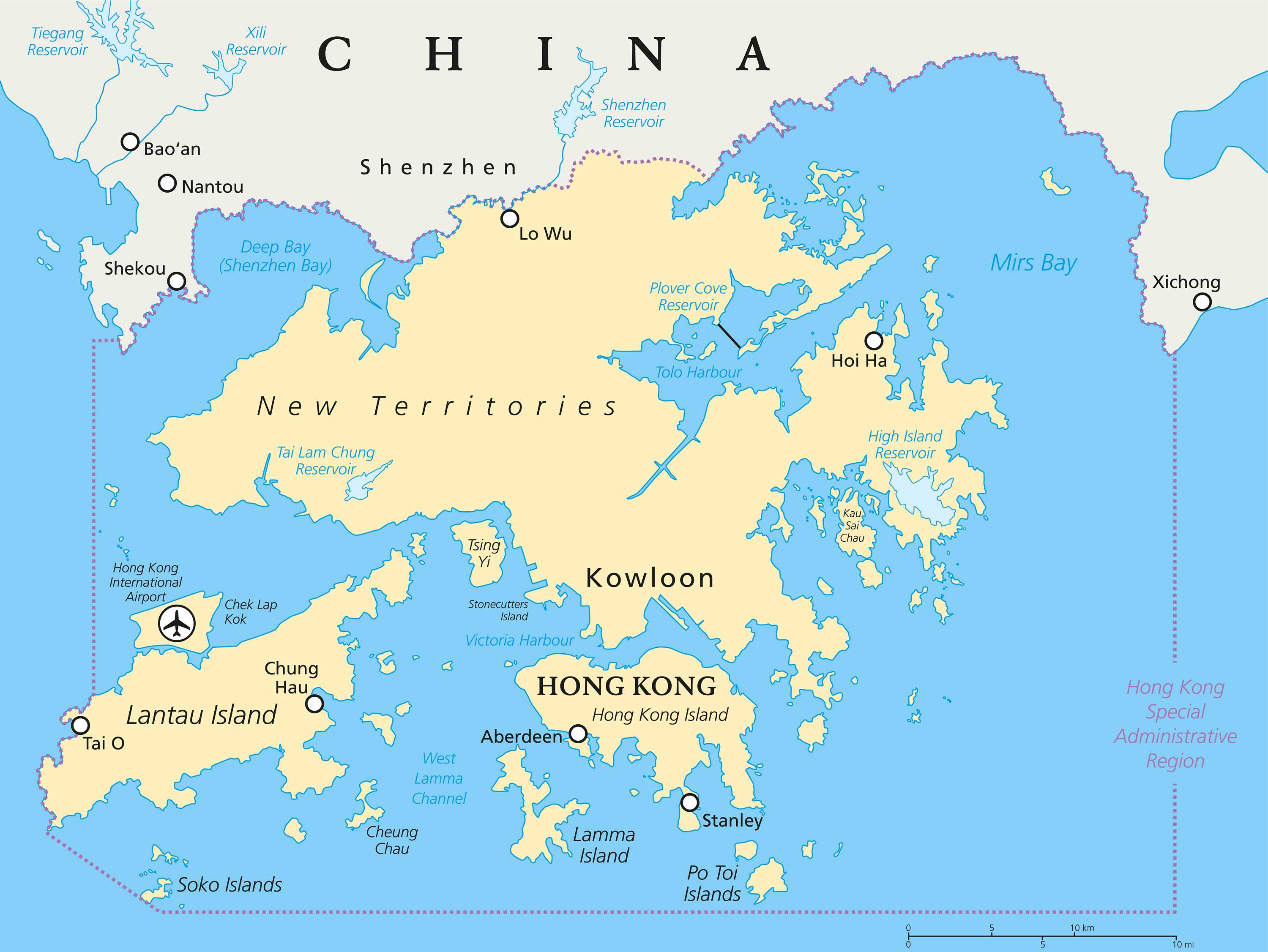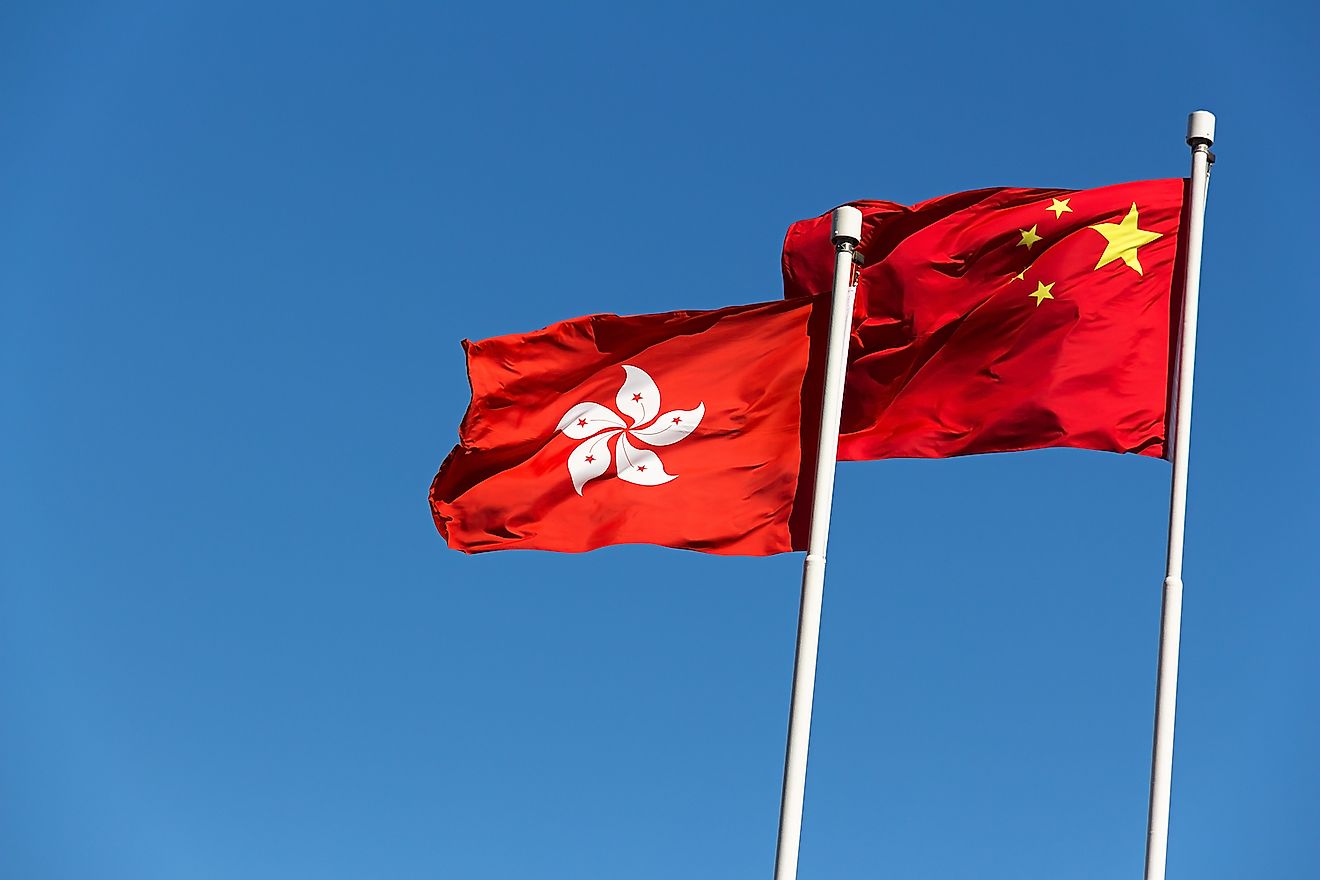Understanding the Relationship: China and Hong Kong on the Map
Related Articles: Understanding the Relationship: China and Hong Kong on the Map
Introduction
With great pleasure, we will explore the intriguing topic related to Understanding the Relationship: China and Hong Kong on the Map. Let’s weave interesting information and offer fresh perspectives to the readers.
Table of Content
Understanding the Relationship: China and Hong Kong on the Map

The relationship between China and Hong Kong is a complex one, deeply rooted in history, politics, and economics. Understanding this dynamic requires a nuanced approach, considering both the shared heritage and the distinct identities that define these two entities. This exploration aims to provide a comprehensive overview of the China-Hong Kong relationship, focusing on the geographical and political context, while avoiding jargon and maintaining a professional tone.
A Historical Perspective:
Hong Kong, a coastal city on the Pearl River Delta, has a long and multifaceted history. Its strategic location, coupled with its natural harbor, made it a vital trading hub for centuries. From the 16th century onwards, European powers, particularly the British, established a presence in Hong Kong, eventually leading to the signing of the 1842 Treaty of Nanking, which ceded Hong Kong Island to Britain. This marked the beginning of British rule in Hong Kong, which lasted for over 150 years.
During this period, Hong Kong flourished as a free port, attracting businesses and investment from around the world. It became a center for finance, trade, and manufacturing, developing a unique economic model and a distinct cultural identity. However, the issue of sovereignty remained a point of contention.
The return of Hong Kong to China in 1997, after the signing of the Sino-British Joint Declaration in 1984, marked a significant turning point in the region’s history. This agreement enshrined the "One Country, Two Systems" principle, promising Hong Kong a high degree of autonomy in its internal affairs, including its legal system, economy, and way of life, for 50 years.
The Geographic Context:
Understanding the geographical relationship between China and Hong Kong is crucial for comprehending the complexities of their dynamic. Hong Kong, a Special Administrative Region (SAR) of China, is located on the southeastern coast of mainland China. It is separated from Guangdong province by a narrow strait and is geographically integrated into the Pearl River Delta, a highly industrialized and densely populated region.
This proximity has fostered strong economic and cultural ties between Hong Kong and mainland China. The Pearl River Delta has become a major manufacturing hub, with Hong Kong playing a key role in facilitating trade and investment between the region and the rest of the world.
Political Landscape:
The "One Country, Two Systems" framework, while aiming to preserve Hong Kong’s autonomy, has been the subject of ongoing debate and scrutiny. While Hong Kong maintains its own legal system, currency, and independent executive, legislative, and judicial branches, there are concerns regarding the erosion of these freedoms.
The relationship between China and Hong Kong has been tested by a series of events, including the 2019 pro-democracy protests, which highlighted the growing anxieties about Beijing’s influence on the SAR. The protests, which stemmed from concerns about mainland China’s growing control over Hong Kong’s political and social life, underscored the deep divisions within Hong Kong society and the challenges in maintaining the delicate balance between the "One Country, Two Systems" framework.
Economic Interdependence:
The economic relationship between China and Hong Kong is characterized by a high degree of interdependence. Hong Kong serves as a crucial financial hub for mainland China, facilitating investment, trade, and capital flows. It also plays a vital role in connecting China to global markets.
Hong Kong’s free market economy, its transparent financial system, and its legal framework have made it an attractive destination for foreign investment in China. The city’s role as a conduit for international capital has significantly contributed to China’s economic growth and development.
Challenges and Opportunities:
The relationship between China and Hong Kong faces a number of challenges, including:
- Political tensions: The erosion of Hong Kong’s autonomy and the growing influence of Beijing have led to concerns about the future of the "One Country, Two Systems" framework.
- Economic disparities: The growing economic gap between Hong Kong and mainland China has created social tensions, leading to anxieties about the future of Hong Kong’s unique identity and economic model.
- Social and cultural differences: The differing political systems, values, and lifestyles between Hong Kong and mainland China have contributed to a sense of cultural disconnect and social friction.
Despite these challenges, there are also significant opportunities for collaboration and development:
- Economic integration: The deepening economic ties between Hong Kong and mainland China offer vast potential for growth and prosperity. The Greater Bay Area initiative, aimed at creating a world-class economic hub in the Pearl River Delta, represents a major opportunity for Hong Kong to leverage its strengths in finance, trade, and services.
- Cultural exchange: The shared history and cultural heritage of China and Hong Kong offer a foundation for building stronger cultural ties and promoting mutual understanding.
- International cooperation: Hong Kong’s unique position as a bridge between mainland China and the world offers opportunities for collaboration on global issues, such as climate change, sustainable development, and international trade.
Frequently Asked Questions:
Q: What is the "One Country, Two Systems" principle?
A: The "One Country, Two Systems" principle is a framework that was established for the return of Hong Kong to China in 1997. It aims to preserve Hong Kong’s capitalist system, its legal system, and its way of life, while acknowledging that Hong Kong is a part of China.
Q: Why are there tensions between China and Hong Kong?
A: Tensions between China and Hong Kong stem from concerns about the erosion of Hong Kong’s autonomy and the growing influence of Beijing in the SAR. The 2019 pro-democracy protests highlighted these anxieties, as did the implementation of the National Security Law in 2020.
Q: What is the future of Hong Kong?
A: The future of Hong Kong remains uncertain. The "One Country, Two Systems" framework is being tested, and the relationship between China and Hong Kong is evolving. The outcome will depend on the balance between China’s desire to maintain control and Hong Kong’s aspirations for autonomy.
Tips for Understanding the China-Hong Kong Relationship:
- Stay informed: Follow reputable news sources and academic research to gain a comprehensive understanding of the evolving situation.
- Engage with diverse perspectives: Seek out opinions from various stakeholders, including Hong Kong residents, Chinese officials, and international observers.
- Consider historical context: Understand the historical background of the relationship, including the British colonial period and the handover to China in 1997.
- Focus on economic interdependence: Recognize the complex economic ties between China and Hong Kong and how they influence the relationship.
- Be aware of cultural nuances: Understand the different values, beliefs, and lifestyles that shape the identities of both China and Hong Kong.
Conclusion:
The relationship between China and Hong Kong is dynamic and multifaceted, characterized by shared heritage, economic interdependence, and political complexities. Understanding this intricate dynamic requires a nuanced approach that considers both the historical context and the present-day challenges and opportunities. While the future of Hong Kong remains uncertain, the ongoing dialogue and collaboration between China and Hong Kong are crucial for ensuring a stable and prosperous future for the region. By fostering mutual understanding and cooperation, both entities can navigate the challenges and harness the opportunities that lie ahead.








Closure
Thus, we hope this article has provided valuable insights into Understanding the Relationship: China and Hong Kong on the Map. We thank you for taking the time to read this article. See you in our next article!